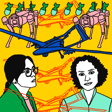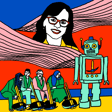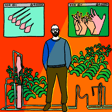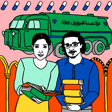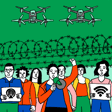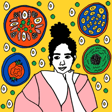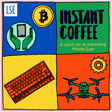
3.3 Re-Appropriating Technologies with and for Refugees and Migrants
Smartphones, food-only debit cards, biometric data checks at border crossings, these are some of the ways refugees and migrants interact with technology in their daily lives both in the region and the diaspora.
This episode unpacks the benefits, ambivalences and concerns surrounding these technologies. Our guests, Dr Reem Talhouk and Dr Yener Bayramoğlu discuss refugee-centered design technologies for humanitarian aid, as well as smartphone usage amongst refugees and migrants and how it has given them control over their own lives and narratives as they cross borders.
Reem Talhouk is an Assistant Professor in Design and Global Develpment at Northumbria University where she co-leads the Design Feminisms Research Group. Reem also leads the Global Development Futures Hub. Her work sits within design, and human and computer interaction. Reem works with communities considered to be ‘on the margins’ to design technologies and counter-narratives with a focus on humanitarianism, activism and social movements.
Yener Bayramoglu is Assistant Professor in Digital Media at York University. His current research explores the role of digital media in everyday practices of belonging. Yener is particularly interested in the ambivalent meaning and function of digital media for social groups whose lives are marginalised and shaped by intersectional inequalities. Yener has previously explored how digital media technologies turn into self-empowering tools for migrants, refugees and LGBTIQ+ people.

